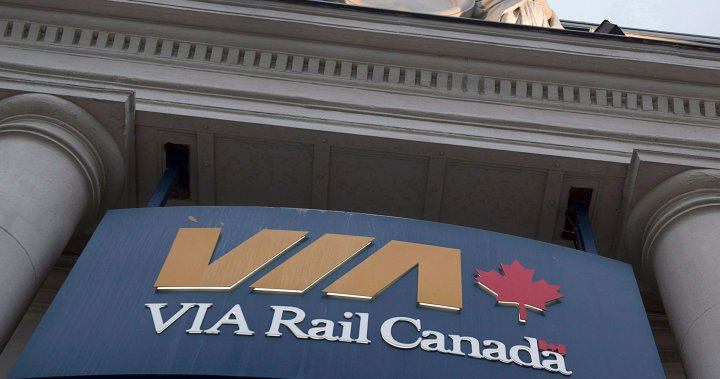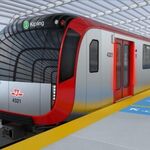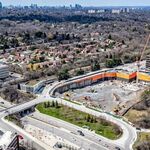Urban Sky
Senior Member
If you (unwisely) insist on centring your argument for daily non-Corridor passenger trains on its (barely existing) green credentials, you need to look at those modes which are even more polluting - and these are the car and the plane, not the bus...Flights are a bit of a red herring, and I'll give a real world example of why.
You are a business professional who lives in Timmins. The bus is seen as beneath you, so you will either drive or fly. You need to go to SSM for business.
1) There are no direct flights SSM - Timmins.
2) The only flight would be Timmins - Toronto - SSM.
3) Precovid, there was a flight Timmins - Sudbury - SSM.
Why did that fight not return? Pilot shortage.
So, would a business professional in Toronto or Ottawa take a Megabus? Likely not.
I'm afraid that's why I refuse to call machine/equipment operators "engineers", because an actual engineer (and I hope: also the majority of people with at least a Highschool diploma) will have no trouble figuring out that you need to multiply a per-passenger figure with the passenger count to obtain the total, but let me help you with that:I am missing something in your calculations. Without the passengers calculated into it, what is the fuel consumption of a train?
- For the corridor, the estimated fuel-efficiency was 2.1 litres per 100 passenger-km, assuming a passenger load of 156 people, which translates to a fuel consumption of 327.6 litres per 100 train-km.
- For the Northlander, the estimated fuel-efficiency would be 5.7 litres per 100 passenger-km, assuming a passenger load of 41 people, which translates to a fuel consumption of 233.7 litres per 100 train-km.
- To recall, a North American "motorcoach" has a fuel consumption of 36.8 litres per 100 bus-km, thus 9 times less than a Corridor train and 7 times less the Northlander.
I'm afraid you crossed that border many years ago without ever looking back, which is why I'm not very hopeful that you'd find the way back should you ever try it. That's what allows you to believe that asking your MP as a single constituent for demands which would require billions in upfront capital subsidies and hundreds of millions annually in operating subsidies (where investing a quarter of that amount into a nationwide publicly-funded bus network would have a dramatically higher effect on ridership and achieving green goals) will make you appear as rational or even reasonable:I am diving into the world of crazy....
I don't want to come off as a fanatic. I want to come off as a voter who would like options that are reasonable. I want to be taken serious. That is why daily and reversing cuts are all I am going after. If that was the only thing that was to happen, I would be quite happy.
Oh, and the same goes for not even bothering to mention to your MP that the feverish investment spree you are asking for would have almost no effect unless the federal government also commits to the most radical change of course in post-war industry policy:
The CN delays need to be fixed before any expansion of Via outside of the Corridor. It is the single biggest problem that will cause people to not use it.

Ottawa should consider train passenger bill of rights, Via Rail CEO says - National | Globalnews.ca
In an interview, CEO Mario Peloquin says the federal government should move toward a charter that would ensure train passengers receive compensation for long delays.globalnews.ca
Last edited:




